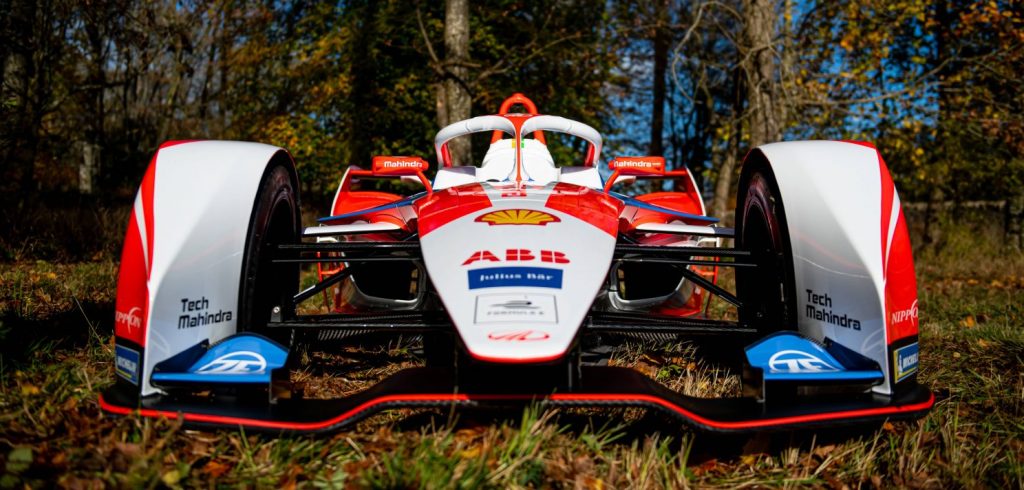The Mahindra Formula E team will enter the series’s seventh championship year with a new, ZF-supplied powertrain in its M7Electro car, marking the second year of a technical partnership with the German Tier 1 supplier.
According to Sascha Ricanek, managing director at ZF Race Engineering, “There are two dimensions [to the powertrain] that we have been working on, the efficiency and the weight. Here, the collaboration with Mahindra and the feedback from drivers has worked so well that we had an opportunity to improve on these factors tremendously.”
As Mahindra Racing CEO Dilbagh Gill noted, the team’s powertrain concept for 2021 is considerably different to that used last season, particularly regarding the operating RPM: “There has been a lot of work going on in the background and I am pretty excited that this is a genuinely new car.”
With 2021 seeing the introduction of longer straights to some FE tracks, this didn’t alter much in terms of hardware development.
“On the software side, we want the utmost ability to adapt to the different circuits and layouts, which is still a learning process in Formula E,” said Ricanek. “Every time we have a new powertrain, we start from zero to optimize the settings. That is where collaboration is key because we need the feedback from the drivers and team. We think we have achieved a good result but we will see where we are at the first race.”
This has been complicated somewhat for 2021 by the late introduction of regulations limiting teams to a single VCU (vehicle control unit) software version per race weekend, meaning on-the-fly adjustments through the weekend are limited. Ricanek would not be drawn on how it would mitigate the impact of these rule changings, stating only that, “We are trying to balance out whatever is permitted by the regulations and on the hardware side we are limited, so we have to look on the software side. We have found a way to adapt from race to race and circuit to circuit, but I cannot say how we do it.”
Ricanek says that the decision to develop an all new powertrain was taken early on in 2020 but that “it was tight in the last weeks to get the performance we wanted to achieve, but we were able to deliver all of the systems in time. So far, the tests and feedback have been good”.
He added that development work spanned the entire ZF group, harnessing expertise from areas such as its e-mobility arm while also making extensive use of test bench capacity from various departments.



